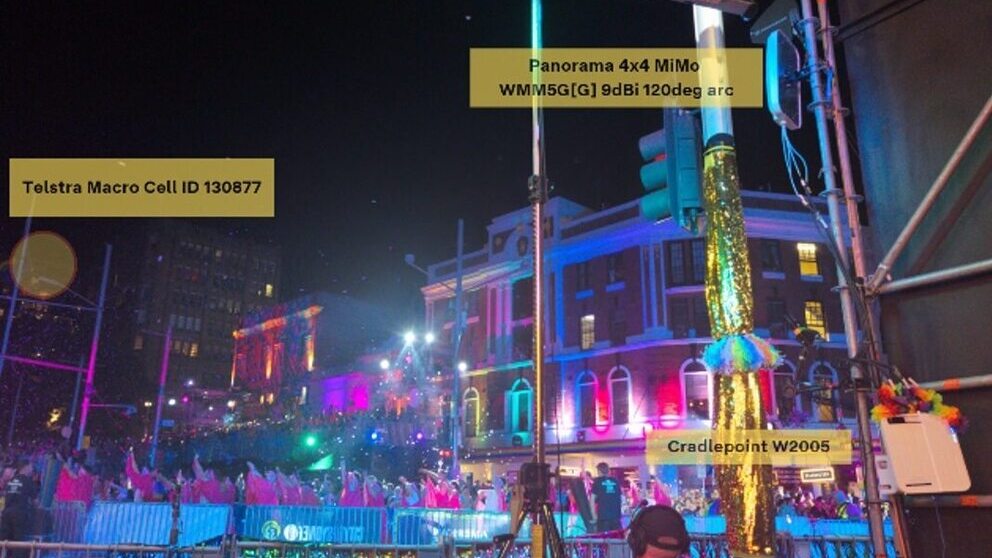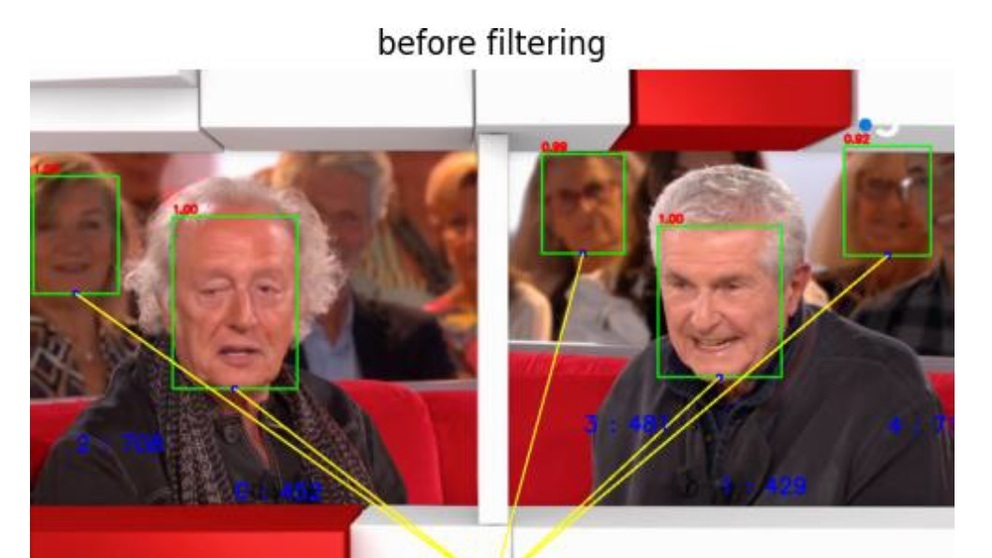This paper discusses workflows and processes to produce, distribute and deliver Next Generation Audio (NGA) experiences in live production scenarios.
The Audio Definition Model (ADM) is a metadata standard (ITU-R BS.2076) for describing the technical properties of audio and is particularly relevant for Next Generation Audio (NGA) experiences. Whilst support for file-based ADM metadata in software is increasing and production workflows are becoming well established, live ADM production is far less developed. There are many problems to solve in order to deploy live ADM workflows as a regular method of producing content.
There are two methods of utilising ADM in live or real-time applications. These are Serial ADM (S-ADM) and ADM-OSC (ADM Open Sound Control). To investigate the implementation of these technologies and the suitability and limitations of live ADM workflows in a broadcast scenario, a trial was proposed. This took place during the Eurovision Song Contest 2023 with the aim of implementing a live end-to-end Next Generation Audio broadcast chain using ADM.
This paper discusses the results of this trial, highlighting...
You are not signed in.
Only registered users can view this article.

IET announce Best of IBC Technical Papers
The IET have announced the publication of The best of IET and IBC 2024 from IBC2024, once again showcasing the groundbreaking research presented through the papers. The papers have been selected by IBC’s Technical Papers Committee for being novel, topical, analytical and well-written and which have the potential to make a significant impact upon the media industry. 327 papers were submitted this year, and after a rigorous selection process this publication features the ten papers deemed by the judges to be the best.

Technical Papers 2024 Session: 5G Case Studies – public network slicing trials and striving for low latency
In this session from IBC2024, Telestra Broadcast Service and the BBC present their work 5G Case Studies as part of the IBC Technical Papers.

Technical Papers 2024 Session: AI in Production – training and targeting
In this session from IBC2024, three authors from NHK, Viaccess-Orca and European Broadcasting Union present their work on the application of AI to media production as part of the IBC Technical Papers.

Technical Papers 2024: Audio & Speech – advances in production
In this session from IBC2024, two authors present their work on Audio Description and implementing Audio Definition Model as part of the IBC Technical Papers.

Technical Papers 2024 Session: Advances in Video Coding – encoder optimisations and film grain
In this session from IBC2024, IMAX, MediaKind, Fraunhofer HHI and Ericsson present their work on video coding, as part of the IBC Technical Papers
